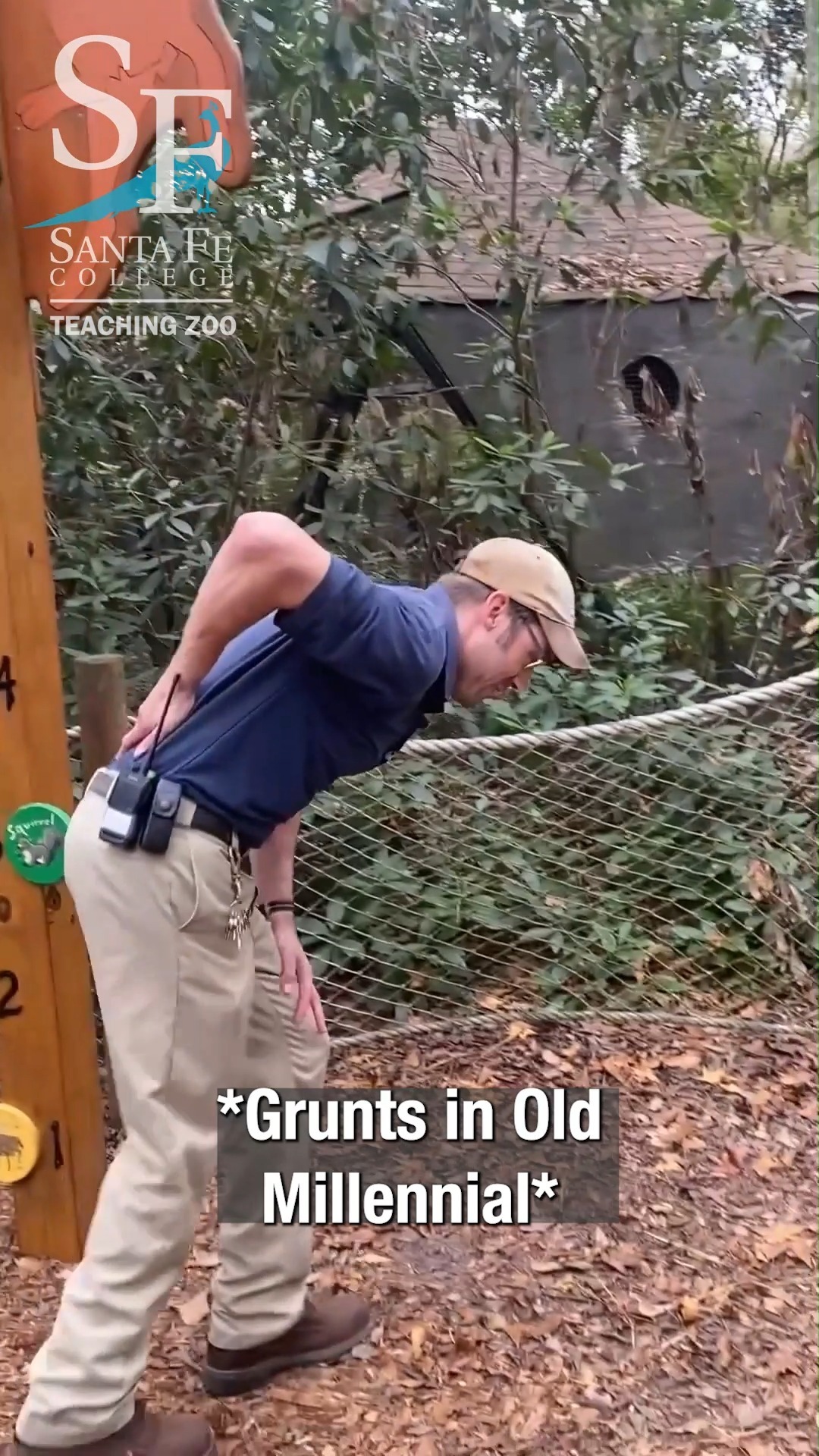- Millennials and Gen Z are swapping slang, creating a mix of traditional and modern expressions.
- Understanding how slang evolves among younger generations can offer insights into cultural and societal shifts.
- Zoology can serve as a critical context for examining language change, due to its emphasis on adaptation and evolution.
- Zoo management involves selected communication tactics that could benefit from integrating evolving slang trends.
- Wildlife conservation efforts increasingly rely on public engagement, where contemporary slang may play a role in widening outreach.
Language evolves as society changes, adapting to new needs and modes of communication. Among the younger generations, Millennials and Gen Z exhibit particularly interesting linguistic shifts. Each generation not only adopts its slang from cultural movements, technology, and media but also influences each other in unforeseen ways. This interplay between traditional and modern jargon results in a “slang swap” — where Gen Z embraces funkier, older expressions and Millennials opt for newer, dynamic modes of speaking. This exchange isn’t just a cultural curiosity; it has broader implications for society, influencing everything from marketing strategies to zoo management and wildlife conservation efforts.
The evolving evolution of language often parallels concepts in zoology, making the study of linguistic shifts not just a sociolinguistic pursuit but also an examination of adaptive behaviors. The principles of evolution apply as much to words as to biological traits. Just as species develop traits suited to their environments, language transforms to meet the communication demands of its users. For zoologists, this poses fascinating questions about adaptation and survival. It also underscores the importance of understanding how language change can affect how we engage audiences in various fields, not least in communicating crucial messages about wildlife conservation.
Zoo management and animal behavior experts might seem worlds apart from pop culture trends, but there’s a valuable intersection. Effective zoo management increasingly depends on engaging with the younger generation, who volunteer, visit, and advocate for these facilities. As younger people are key supporters of zoos and conservation programs, incorporating contemporary slang into outreach efforts can make communication more relatable and memorable. Understanding the linguistic dynamics between Millennials and Gen Z can therefore be harnessed to create better educational materials, promotional campaigns, and engagement strategies.
In the context of wildlife conservation, public support is paramount. Organizations must communicate effectively with diverse audiences to inspire action and awareness. Here, slang’s role extends beyond communication—it’s about creating an emotional connection. The language used in conservation campaigns can significantly impact their reach and efficacy. By integrating elements of modern expressions, while respecting the rich legacy of traditional terms, conservationists can craft messaging that resonates across generational lines. In this sense, keeping abreast of slang trends is essential for anyone involved in conservation communication.
Ultimately, the "slang swap" between Millennials and Gen Z is not an isolated phenomenon, but part of a wider tapestry of language evolution that reflects societal trends and technological advancement. As we continue to uncover its nuances, there is potential to discover meaningful applications across unexpected domains, from the halls of zoology to the frontline of environmental advocacy. Recognizing and understanding this dynamic presents an opportunity to engage, educate, and encourage action in a manner that is both profound and accessible.
*****
Source Description
🎉 It’s a slang swap for the ages! Gen Z gets jazzy, and Millennials go modern—who’s the real vibe-check champ? 🍸
class=”instagram-media” data-instgrm-permalink=”https://www.instagram.com/reel/DEKqDZ_ivrh/” data-instgrm-version=”14″ style=” background: border:0; border-radius:3px; box-shadow:0 0 1px 0 rgba(0,0,0,0.5),0 1px 10px 0 rgba(0,0,0,0.15); margin: 1px; max-width:540px; min-width:326px; padding:0; width:99.375%; width:-webkit-calc(100% – 2px); width:calc(100% – 2px);”>


